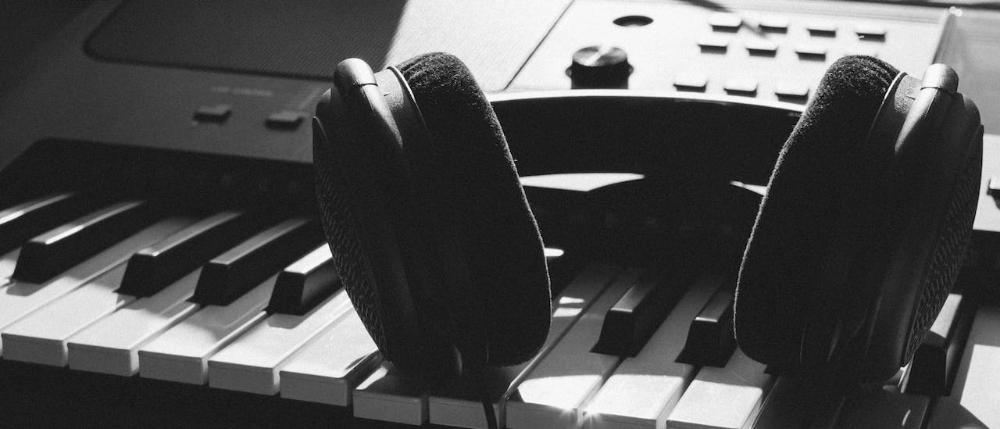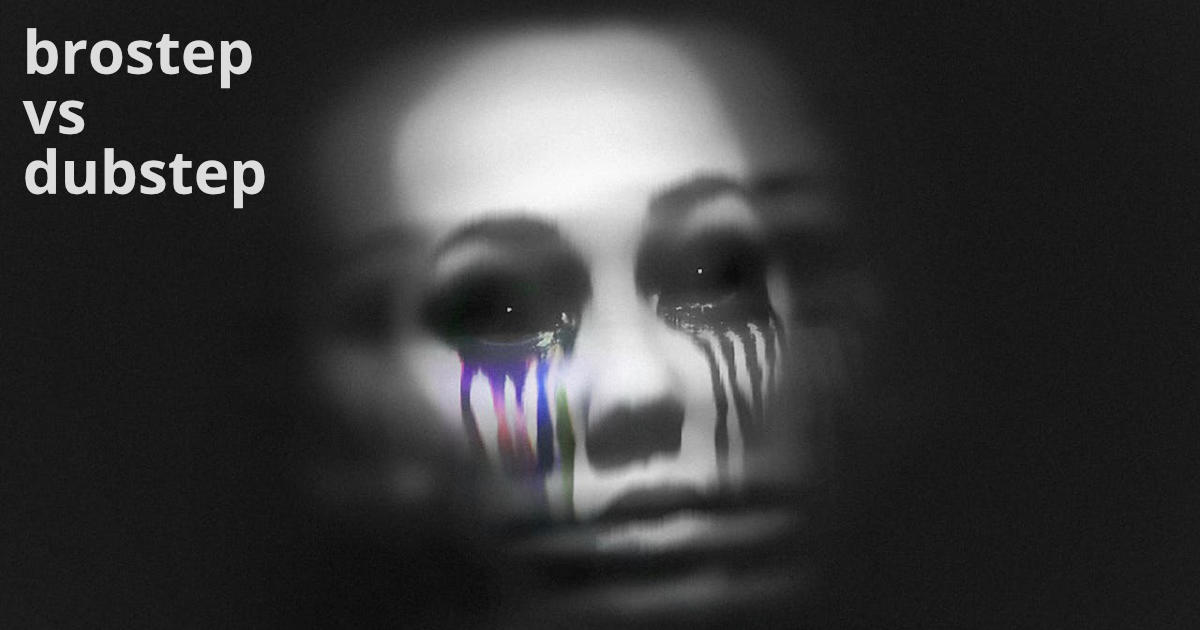Estimated reading time: 6 minutes
The debate between brostep and dubstep has been a topic of contention among electronic music enthusiasts for years. Both genres have their own unique characteristics and loyal fan bases, but what exactly sets them apart? In this article, we will delve into the origins of dubstep and how it has evolved into the modern-day brostep. By understanding the key differences between these two genres, you can make an informed decision about which one suits your taste in music.
Table of contents
- Understanding the Origins of Dubstep
- Key Differences Between Brostep and Dubstep
- Exploring the Sound and Production Elements of Brostep
- The Evolution of Dubstep: From Atmospheric Sound to Metal-esque Aggression
- The Impact of Brostep on the Electronic Music Scene
- The Dubstep Purist Perspective: Debunking Misconceptions About Brostep
- The Future of Dubstep: Where the Genre Stands Today
- Brostep vs Dubstep: Which One is Right for You?
- Conclusion: Embracing the Diversity of Bass Music
- FAQ
Understanding the Origins of Dubstep
To truly understand the brostep vs dubstep battle, we must first explore the roots of the dubstep genre. Dubstep originated in the late 1990s in South London, UK, as an offshoot of 2-step garage and dub. Its characteristic sound is characterized by heavy basslines, syncopated rhythms, and sparse, atmospheric soundscapes. Early dubstep tracks were often experimental and focused on creating a deep and immersive listening experience.
Traditional Dubstep: Exploring the Roots of the Genre
Traditional dubstep is a subgenre of electronic dance music that emerged in the early 2000s. It is known for its emphasis on sub-bass frequencies, intricate percussion patterns, and dark, brooding atmospheres. Artists like Skream, Benga, and Digital Mystikz were pioneers of the genre, crafting tracks that would become classics in the dubstep canon. Traditional dubstep was primarily enjoyed in intimate club settings, where the deep bass vibrations could be felt reverberating through the dance floor.
The Rise of Brostep: How It Diverged from Traditional Dubstep
As the dubstep genre gained popularity in the late 2000s, an American producer by the name of Sonny Moore, also known as Skrillex, played a pivotal role in shaping the future of the genre. Moore introduced a new and more aggressive style of dubstep, which eventually became known as brostep. Brostep is characterized by its heavy use of mid-range frequencies, robotic fluctuations, and intense, high-energy drops. This departure from the atmospheric sound of traditional dubstep sparked a divide among fans and critics alike.
Key Differences Between Brostep and Dubstep
To better understand the differences between brostep and dubstep, let’s take a closer look at their defining characteristics:
| Brostep | Dubstep |
|---|---|
| Heavy use of mid-range frequencies | Emphasis on sub-bass frequencies |
| Intense, high-energy drops | Sparse, atmospheric soundscapes |
| Robotic fluctuations | Syncopated rhythms |
| Metal-esque aggression | Dark, brooding atmospheres |
| Popular in North America | Originated in the UK |
Exploring the Sound and Production Elements of Brostep

Brostep’s sound and production elements differ significantly from those of traditional dubstep. While traditional dubstep focuses on creating atmospheric soundscapes, brostep takes a more aggressive and in-your-face approach. The sound designs in brostep tracks often feature distorted basslines, heavy use of synthesizers, and complex drum patterns. The production techniques used in brostep are geared towards creating a larger-than-life sonic experience that is meant to be enjoyed in massive arenas and festival stages.
The Evolution of Dubstep: From Atmospheric Sound to Metal-esque Aggression
The evolution of dubstep from its atmospheric roots to the metal-esque aggression of brostep can be attributed to a variety of factors. As the genre gained popularity, particularly in North America, producers began experimenting with different sounds and influences. The rise of heavy metal and aggressive electronic music in the late 2000s also played a role in shaping the sound of brostep. The combination of these factors led to a divergence from the original dubstep sound and the birth of a new subgenre that would dominate the electronic music scene.
- What is Dubstep and Why is it So Popular? Discover the Dynamic World of Dubstep
The Impact of Brostep on the Electronic Music Scene
Brostep’s impact on the electronic music scene cannot be overstated. Its high-energy drops and intense sound have garnered a massive following, particularly among younger audiences. Brostep tracks have become anthems at festivals and have even sparked the creation of new subgenres, such as trap and future bass. However, brostep’s rise to popularity has also been met with criticism from purists who argue that it has deviated too far from the original dubstep sound.
The Dubstep Purist Perspective: Debunking Misconceptions About Brostep
Dubstep purists often criticize brostep for its departure from the atmospheric and minimalistic sound of traditional dubstep. They argue that brostep focuses too heavily on aggressive drops and lacks the finesse and subtlety of the original genre. However, it is important to note that brostep has its own unique appeal and has helped introduce a new generation of music lovers to the world of electronic music. It is essential to embrace the diversity of bass music and recognize that different genres can coexist and thrive.
- When was Dubstep Created? Tracing the Roots
The Future of Dubstep: Where the Genre Stands Today
The future of dubstep is an exciting and ever-evolving landscape. While brostep has dominated the mainstream electronic music scene for the past decade, there has been a resurgence of interest in the traditional dubstep sound. Artists and producers are exploring new ways to incorporate the atmospheric elements of dubstep into modern tracks, creating a fusion of old and new. Additionally, subgenres like future garage and dirty dubstep are pushing the boundaries of the dubstep genre, further expanding its sonic possibilities.
Brostep vs Dubstep: Which One is Right for You?
When it comes to choosing between brostep and dubstep, it ultimately comes down to personal preference. If you enjoy high-energy drops, intense basslines, and a more aggressive sound, brostep may be the genre for you. On the other hand, if you appreciate atmospheric soundscapes, syncopated rhythms, and a darker vibe, traditional dubstep might be more to your liking. The best way to discover which genre resonates with you is to explore both and see which one captures your musical sensibilities.
Conclusion: Embracing the Diversity of Bass Music
In conclusion, the brostep vs dubstep debate highlights the diversity and evolution of the bass music genre. While traditional dubstep and brostep have their own distinct characteristics, it is important to recognize and appreciate the contributions of both. Whether you prefer the atmospheric sound of traditional dubstep or the metal-esque aggression of brostep, the world of bass music offers something for everyone. So, embrace the diversity, explore new sounds, and let the bass drops take you on a sonic journey like no other.
Explore the world of brostep and dubstep by listening to a dubstep song and a brostep track. Compare their sound and see which one resonates with you. Remember, there’s no right or wrong answer – it’s all about your personal taste in music.
FAQ
Brostep emphasizes mid-range frequencies, high-energy drops, and robotic fluctuations, while Dubstep focuses on sub-bass frequencies, atmospheric soundscapes, and syncopated rhythms.
Dubstep originated in late 1990s South London, UK, emerging as an offshoot of 2-step garage and dub music.
Skream, Benga, Digital Mystikz are notable pioneers of traditional dubstep, while Skrillex played a pivotal role in shaping brostep.
Brostep significantly impacted the electronic music scene by gaining a massive following, becoming festival anthems, and influencing the creation of new subgenres like trap and future bass.
Yes, both brostep and dubstep can coexist in the music industry as they cater to different tastes, offering diverse sonic experiences within the electronic music landscape.
